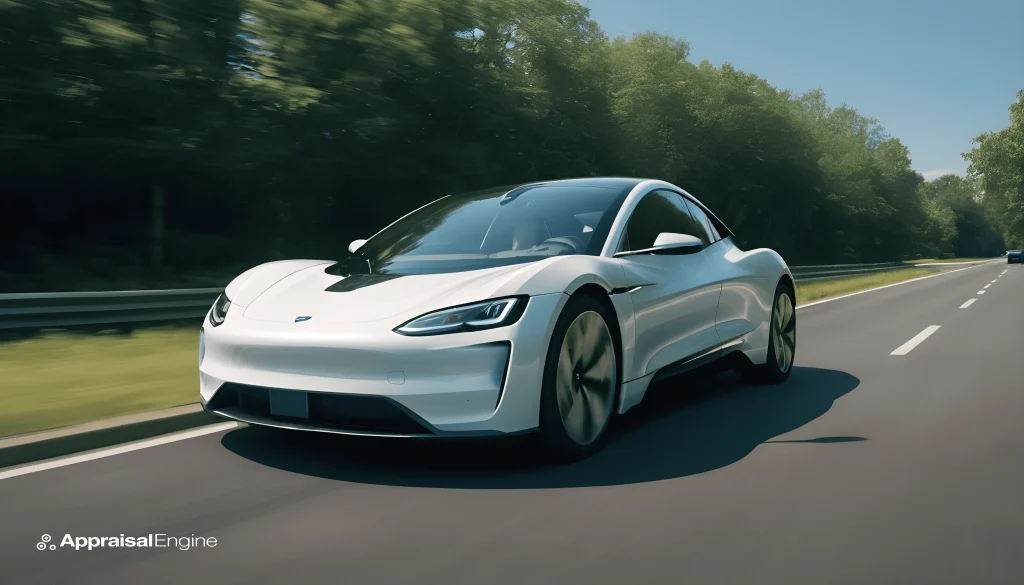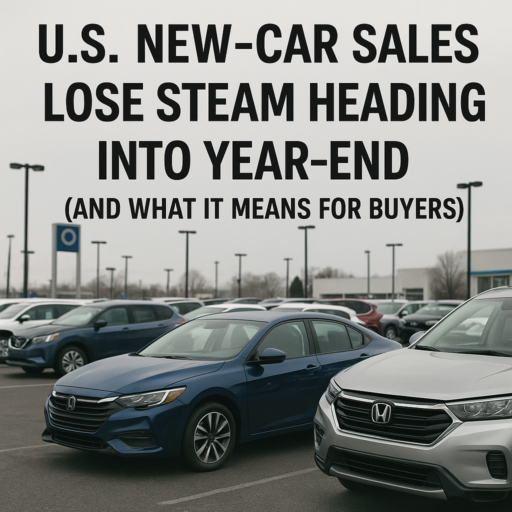In a world rapidly transitioning towards electric vehicles (EVs), the conversation around their features and capabilities is more relevant than ever. One intriguing aspect is the claim by Stellantis CEO Carlos Tavares that the quick acceleration of EVs enhances safety, especially when overtaking. But how much truth lies in this statement? This article delves into the nuances of EV acceleration, balancing the thrill of instant torque against the backdrop of safety concerns and real-world data.

The Reality of EV Safety: Does Speed Equal Security? (PDF).
Understanding EV Acceleration: A Double-Edged Sword?
EVs and Overtaking: The Safety Argument
Tavares highlights a critical aspect of EV driving: the instant acceleration. This feature, he argues, is crucial for safer overtaking maneuvers. The logic is straightforward – the quicker you can accelerate, the less time you spend on the wrong side of the road, potentially reducing collision risks.
The Science Behind the Claim
However, Tavares’ remarks, though compelling, aren’t entirely backed by scientific data. Studies, such as those by the Insurance Institute for Highway Safety, indicate that higher speeds can escalate crash severity. Moreover, a study focusing on Tesla, known for its rapid acceleration, found it to be the most-crashed brand. This raises a question: Does quick acceleration inadvertently encourage reckless driving?
The Other Side of EV Safety
Advanced Driver Aids: The Real Heroes?
While acceleration is a notable feature, the lower crash rates of EVs compared to gas vehicles might owe more to their advanced safety systems. Features like automatic emergency braking, lane-keeping assist, and adaptive cruise control play a pivotal role in preventing accidents.
The Dilemma of Power and Inexperience
A critical factor often overlooked is the driver’s experience. High-horsepower vehicles, whether EV or gas, can be perilous in inexperienced hands. The significant weight of EVs, a byproduct of their battery systems, adds another layer of complexity to this issue.
Efficiency vs. Performance in EVs
Balancing Act: Range and Power
Electric vehicles, much like their gasoline counterparts, face a trade-off between performance and efficiency. Stellantis’ STLA Large platform, boasting a range of 500 miles, doesn’t necessarily imply peak performance throughout. This interplay between range and power is crucial for potential buyers to understand.
Consumer Preferences: Range or Speed?
While some might prioritize performance, as seen in the popularity of Dodge Hellcat vehicles, others may lean towards range, particularly in segments like pickup trucks where utility is paramount.
EV Acceleration and Safety Considerations
| Aspect | Details |
|---|---|
| EV Acceleration | Provides quick overtaking capability, but may encourage higher speeds. |
| Driver Experience | High acceleration can be risky for inexperienced drivers. |
| Advanced Safety Systems | Play a significant role in preventing accidents, more so than acceleration alone. |
| Efficiency vs. Power | Increasing vehicle performance often leads to reduced efficiency (range). |
| Consumer Preferences | Varies between performance and range, influencing vehicle choice. |
By examining these facets, we gain a more nuanced understanding of the role of EV acceleration in road safety. It’s not a black-and-white scenario but rather a complex interplay of various factors that define the modern automotive landscape.
Conclusion
In conclusion, while the rapid acceleration of EVs can be a thrilling and potentially useful feature for safe overtaking, it’s crucial to view it within the broader context of vehicle safety. Advanced driver aids and responsible driving habits are equally, if not more, important in ensuring safety on the roads. As EV technology evolves, balancing these aspects will be key to maximizing both the enjoyment and safety of electric driving.





